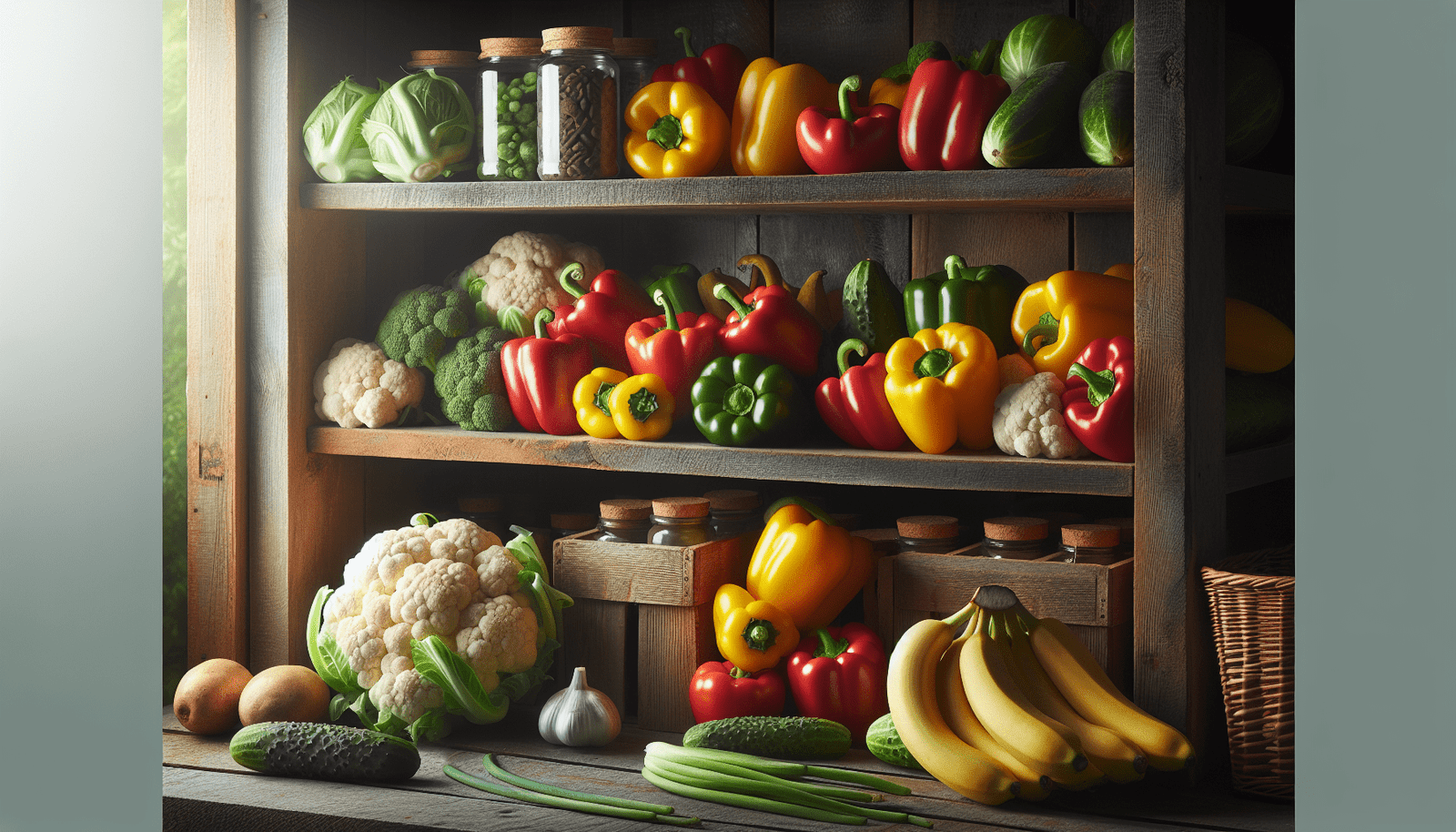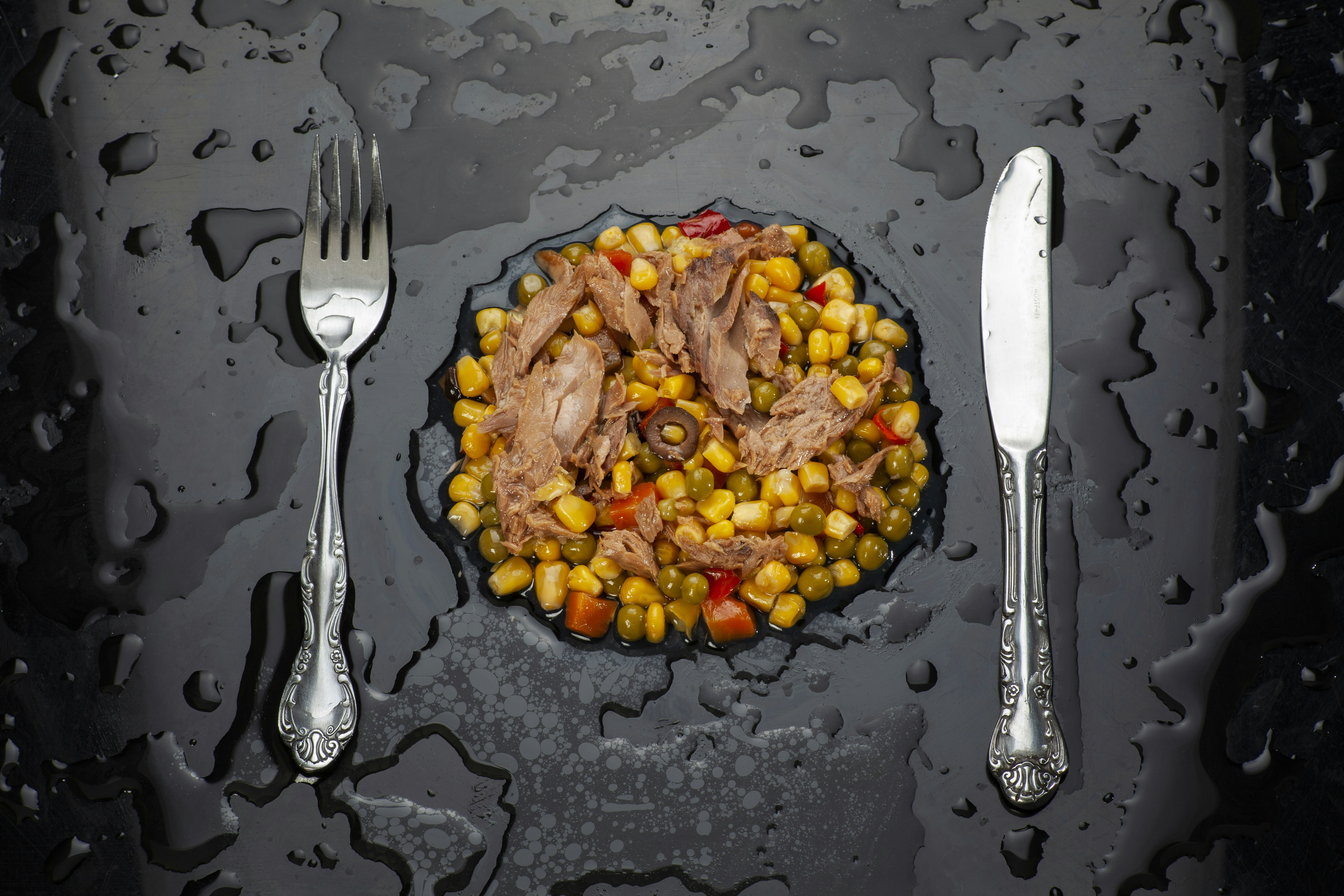Have you ever wondered how to keep low-oxalate foods fresh and safe at home? It might seem simple, but choosing the right methods for storing these foods can make a big difference in maintaining their health benefits. When you’re managing your diet to prevent conditions like kidney stones, it’s essential to handle food with care. Let’s go step by step to understand the best ways to store low-oxalate foods to keep them fresh, nutritious, and safe for you and your family.
Understanding Low-Oxalate Foods
Low-oxalate foods play a significant role for individuals who need to manage their oxalate intake due to health concerns like kidney stones. Oxalates, naturally occurring compounds found in many foods, can contribute to the formation of kidney stones in susceptible individuals. That’s why knowing which foods are low in oxalates is crucial for those needing to follow a low-oxalate diet.
What Are Oxalates?
Oxalates are naturally occurring organic acids present in a wide array of plants. While consuming foods containing oxalates is not an issue for most people, those prone to kidney stones might need to limit their intake. Oxalates bind with calcium to form insoluble crystals, potentially leading to stone formation.
Key Low-Oxalate Foods to Include
It’s helpful to have a list of low-oxalate foods for easy reference as you plan meals and snacks. Foods low in oxalates can include certain fruits, vegetables, grains, and proteins. Let’s discuss some common low-oxalate food choices.
Low-Oxalate Fruits and Vegetables
Fruits and vegetables offer plenty of micro-nutrients without the high oxalate content that can be problematic. Here are a few options:
- Fruits: Apples, bananas, cherries, and mangoes are great options. They offer sweetness and versatility in meals.
- Vegetables: Broccoli, cauliflower, and cucumbers are low in oxalates, making them excellent choices for sides or salads.
Low-Oxalate Grains and Proteins
This category provides energy and essential nutrients, while still keeping oxalate levels low:
- Grains: White rice and quinoa are popular low-oxalate grains that fit well into various dishes.
- Proteins: Think chicken, eggs, and fish. They’re rich sources of protein without the oxalate load.
Storing Low-Oxalate Foods Safely
Once you’ve identified low-oxalate foods to include in your diet, it’s vital to store them correctly to maintain their integrity. Proper storage practices will help prevent spoilage and preserve nutritional value.
General Storage Guidelines
Use these general storage tips for most items:
- Temperature: Keep your fridge at or below 40°F (4°C) to slow bacteria growth. The freezer should be at 0°F (-18°C) or lower.
- Humidity: Many fresh produce items last longer if stored in a crisper drawer with high humidity.
Storing Fruits and Vegetables
Fruits and vegetables require tailored storage methods to keep them fresh:
- Fruits: Store apples in the fridge to extend their shelf life, but bananas should stay at room temperature until they’re ripe.
- Vegetables: Leafy greens like lettuce can be kept in the fridge in breathable bags. Place hardy veggies like carrots in the crisper.
Grains and Proteins
Preserve grains and proteins carefully:
- Grains: Store rice and quinoa in airtight containers in a cool, dry place to protect them from moisture and pests.
- Proteins: Wrap meats tightly in plastic wrap and foil before freezing them to prevent freezer burn.
Optimizing Your Kitchen Storage Space
Arranging your pantry and fridge efficiently is a key part of managing low-oxalate food storage. Keeping things organized will make meal prep smoother and help you keep track of what you have on hand.
Organization Tips for the Pantry
- Labeling: Clearly label jars and containers with expiration dates.
- Grouping: Organize similar foods together, like grains with grains, to easily locate items.
Making the Most of Fridge Space
- Shelving: Dedicate specific shelves for fruits, vegetables, and proteins.
- Containers: Invest in clear storage containers to see contents at a glance.
Understanding Expiration and Freshness
Knowing how long different foods typically last helps prevent waste and ensures that you consume them while they’re still fresh. Here’s a simplified table to illustrate the average shelf life of some low-oxalate foods.
| Food Item | Approximate Fridge Shelf Life | Freezer Shelf Life |
|---|---|---|
| Apples | 4-6 weeks | 12 months |
| Bananas | 2-7 days (at room temp) | 2-3 months (sliced) |
| Chicken | 1-2 days | 9 months |
| White Rice | 12 months (uncooked) | N/A |
| Quinoa | 3-6 months (uncooked) | 12 months (cooked) |
Keep in mind that these are approximate durations, and specific conditions may vary.
Troubleshooting Common Storage Issues
Even with careful planning, you might run into some storage challenges. Spoiled food, odors, or pest issues can arise unexpectedly.
Addressing Spoilage
If you notice spoilage:
- Check: Look for common signs like moldy spots or an off smell.
- Clean: Regularly wipe down shelves to prevent build-up of spills that can lead to spoilage.
Dealing with Pests
To minimize pest issues:
- Seal: Ensure all containers have secure lids.
- Inspect: Regularly check shelves for signs of pests and clean out any infested foods.

The Importance of Food Safety Practices
Storing low-oxalate foods correctly is part of a broader food safety strategy. Practicing good hygiene in the kitchen helps reduce the risk of foodborne illnesses.
Practicing Good Kitchen Hygiene
- Wash Hands: Always wash your hands before handling food.
- Sanitize Surfaces: Clean countertops and cutting boards to avoid cross-contamination.
Safe Food Handling Tips
- Wash Produce: Rinse fruits and veggies under running water before eating or cooking them.
- Cook Proteins Thoroughly: Make sure meats reach safe internal temperatures to kill bacteria.
Making a Low-Oxalate Meal Plan
Combining knowledge about your favorite low-oxalate ingredients with storage and safety tips can help you create a varied and delicious meal plan.
Planning Meals
Decide on meals that utilize fresh ingredients while considering your weekly schedule:
- Flexible Dish Ideas: Stir-fries, salads, and grain bowls easily incorporate fresh veggies and grains.
- Batch Cooking: Prepare meats in batches and store leftovers properly for quick meals during the week.
Balancing with Nutrient Intake
While focusing on low-oxalate foods, remember to balance your diet with other nutrient sources:
- Diverse Options: Include a variety of foods to get all necessary vitamins and minerals.
- Discuss with a Dietitian: If you need personalized advice for specific dietary needs.

Conclusion
With these straightforward tips and insights, you can effectively store and enjoy your low-oxalate foods. By organizing your kitchen, understanding shelf lives, and practicing good storage habits, you’ll keep your foods fresh and nutritious. A bit of planning and care goes a long way in maintaining a healthy diet tailored to your needs. Now, all that’s left for you to do is to put this knowledge into practice and enjoy the vibrant flavors of your low-oxalate meals safely.




